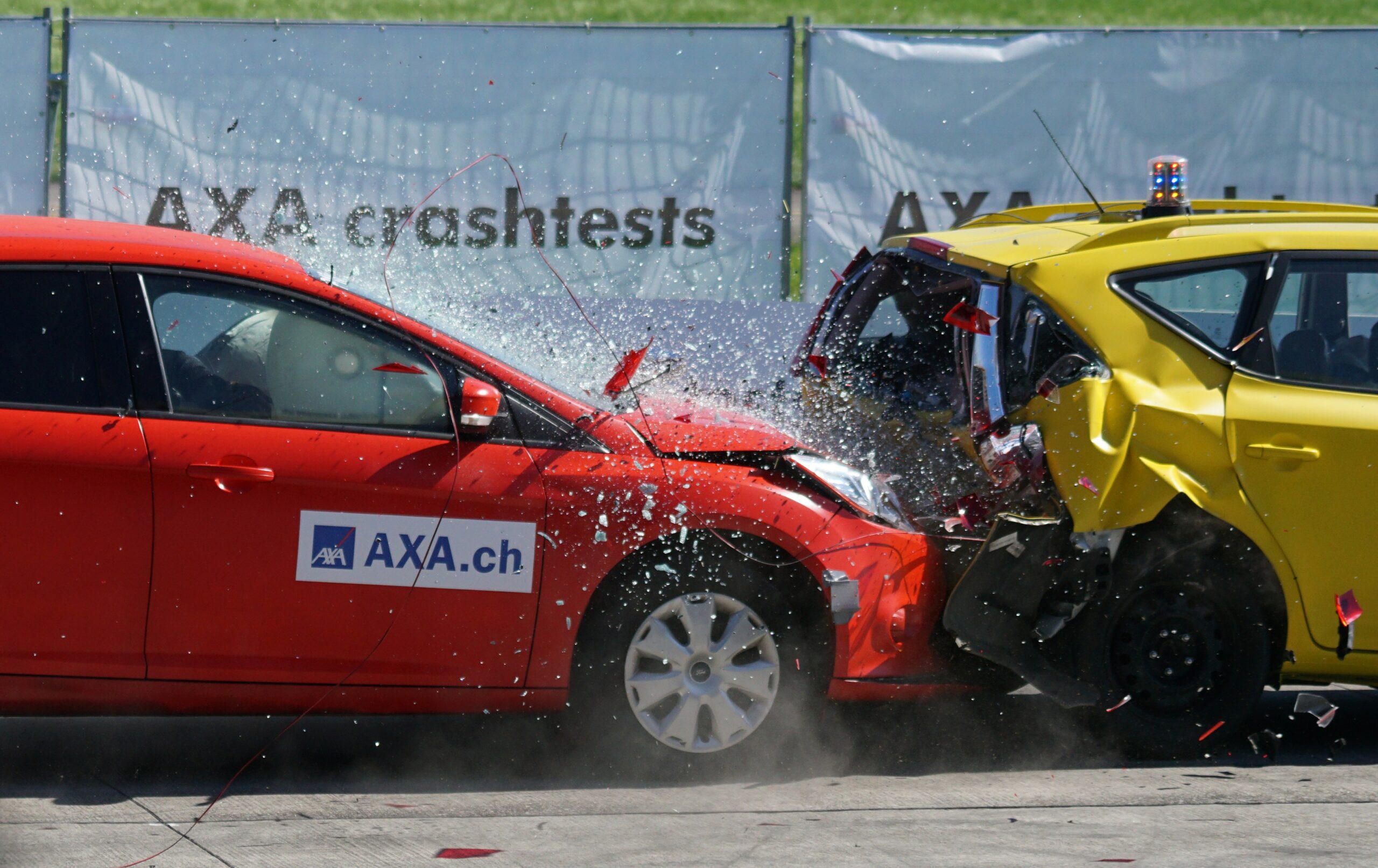
This title might set a record for the most three-syllable words we’ve used in a sentence. However, it indicates just how messy these laws are. Understanding, and leveraging, these laws is often the key to maximum compensation in a car crash case. New York has one of the lowest auto insurance minimum requirements in the country.
If you’re like us, you probably only have the minimum. So, many New Yorkers are effectively underinsured. Assume Sara is hurt in a wreck and her damages are $100,000. If Laura only has $50,000 of insurance coverage, Sara must either settle for less or find another source of compensation for the remaining 50k. To make up the difference between damage amount and coverage amount, some other options, like UM/UIM (uninsured/underinsured motorist) coverage is available in a few cases. However, vicarious liability is usually the best option in any case.
A good New York personal injury lawyer doesn’t simply prove negligence, throw a victory party for the office staff, and move onto the next case. Attorneys are committed to maximum compensation for victims. That means real money, and not just figures on a spreadsheet. The landlord doesn’t accept spreadsheet entries on the first of the month. Trust us. We’ve tried that before.
Collateral Source Payments
Before we discuss vicarious liability in car crash cases, we should address New York’s byzantine collateral source rule.
Let’s go back to Sara and her $100,000 in damages. Assume her medical bills were $25,000. Further assume Sara had health insurance and, since our math isn’t very good and Sara opted for the fancy insurance at work, her insurance company might pay that entire bill. Strictly speaking, under Section 4545, Laura is only responsible for $75,000.
However, Sara’s health insurance policy isn’t a guarantee of payment, just like spreadsheet cells aren’t real money. In fact, many health insurance companies don’t cover injury-related costs, for liability reasons. So, a New York personal injury attorney could argue that when the health insurance company finds out why Sara saw the doctor, it’ll want its $25,000 back. Therefore, unless the court gives her $100,000, Sara is effectively paying her own medical bills. That ain’t right.
Additionally, Section 4545 doesn’t apply to negotiated reductions. New York personal injury lawyers usually have professional relationships with physicians. These doctors don’t charge anything upfront for their services. Furthermore, attorneys often negotiate with these providers and reduce their fees. The $25,000 bill could become $20,000. If that happens, the $5,000 isn’t subject to the collateral source rule, which could mean Sara keeps it.
Owner Liability
Borrowed vehicle wrecks, usually a teen borrowing the family car, are quite common. Teens are almost always uninsured. In many states, the well-insured owners are financially responsible for these collisions, but only if they negligently entrusted the vehicle to an incompetent driver.
People without valid drivers’ licenses are usually incompetent as a matter of law. Circumstantial evidence of incompetence could include a poor driving record, especially if it includes recent at-fault wrecks.
This discussion is irrelevant in the Empire State. Under New York Traffic and Vehicle Law Section 388, all owners are responsible for all car crash damages, if the tortfeasor (negligent driver) had permission to use the vehicle.
New York courts don’t recognize the family purpose doctrine. So, it’s a little harder, but certainly not impossible, to prove the tortfeasor had permission to use the vehicle. Additionally, Section 388 doesn’t mean the owner was negligent. It just means the owner is on the hook for damages. That’s a fine distinction which usually doesn’t matter in personal injury claims. Finally, the federal Graves Amendment complicates Enterprise Rent-a-Car and other commercial owner/user cases.
Alcohol Provider Liability
New York’s owner liability laws are among the broadest in the country. Not surprisingly, its alcohol provider liability laws are very broad as well.
Before we discuss New York’s dram shop law (in the old days, you asked for a “dram” of whiskey when you swaggared into a dusty saloon), let’s stop for a moment and consider the purpose of these laws. It’s not just about fair compensation for victims, although that’s a very important reason.
Vicarious liability is also a responsibility thing. If Allan lets his brother run into the street and a car hits his brother, Allan is responsible for that wreck. He could’ve stopped it and did nothing.
The same thing applies to restaurants, bars, and other commercial alcohol providers. To protect public safety, these providers shouldn’t illegally sell alcohol. If they do, and that patron causes a car crash or other damages, the provider is financially responsible for them. Illegal sales usually include:
Party hosts and other noncommercial providers could also be vicariously liable for car crash damages, under a theory like negligent undertaking.
Employer Liability
The aforementioned vicarious liability rules and laws vary significantly in different states. However, the respondeat superior employer liability rule is the same pretty much everywhere. Ridesharing companies, shipping companies, taxi companies, and other commercial entities are usually responsible for car crash damages if:
Assaults and other intentional torts clearly aren’t within the scope of employment. Another employer liability theory, such as negligent supervision or negligent hiring, often applies in these cases.
Injury victims are entitled to substantial compensation. For a free consultation with an experienced personal injury attorney in New York, contact the Pianko Law Group, PLLC. We do not charge upfront legal fees in these matters.